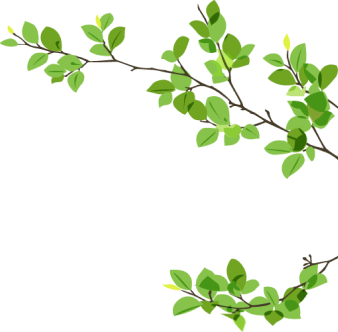 Post by - Amit Sharma
Post by - Amit Sharma
 Mon, 07/08/2024 - 13:20
Mon, 07/08/2024 - 13:20
Embarking panchakarma journey is not just a treatment; it is getting on board with a system of improving whole body treatment grounded by ancient Ayurvedic wisdom. Once you are through the intense purification and rejuvenation therapies of Panchakarma, it is important that one sustain the benefits gained and promote long-term health.
Whether you've completed an intensive retreat or participated in an online Panchakarma course, Ayurved Guru revels that integrating effective post-treatment care is essential for maximizing the therapy's impact.
Importance of Post-Panchakarma Care
Taking care of yourself after undergoing Panchakarma helps in reinforcing the treatment’s therapeutic effects. Panchakarma, meaning “five actions” in Sanskrit, aims at flushing out the toxins (ama) from the body and restoring its natural equilibrium of the doshas (vata, pitta and kapha). While the first stage of this therapy focuses on getting rid of the accumulated toxic substances as well as cleansing the body, the post-treatment phase involves closer monitoring for sustaining its advantages.
Essential Post-Panchakarma Care Tips
Follow a Sattvic Diet: After the completion of Panchakarma, dieting should be introduced in a stepwise manner while targeting a Sattvic diet. A Sattvic diet is a diet composed of fresh fruits, vegetables, whole grains, and nuts that serves to augment digestive strength (agni) while preserving the body’s newfound stability.
Hydration and Herbal Teas: Proper hydration helps to get rid of leftover toxins after Panchakarma treatment. This can be achieved by taking warm water or herbal teas like ginger tea, cumin tea and fennel tea,cumin, ginger or fennel tea.
Yoga and Meditation: If you add peaceful yoga posture and meditation to your daily workout schedule, you can enhance your physical flexibility, mental clarity, as well as emotional balance. In this way, the above activities correspond to Ayurvedic stages that enable one to achieve unity between body and soul.
Ayurvedic Herbs and Supplements: Ayurvedic herbs can, such as Triphala, Ashwagandha, and Amalaki, help maintain body cleansing and enhance the body’s defenses after Panchakarma. To find the best remedy for yourself, talk to the Ayurved Guru.
Maintain Routine: Establishing a daily routine (dinacharya) that aligns with natural circadian rhythms promotes stability and vitality. This includes regular sleep patterns, timely meals, and mindful activities throughout the day.
Continuing Education in Panchakarma
For people enthusiastic about Ayurveda and Panchakarma, there is nothing as important as continuing education. For instance, with such programs as the one provided by Ayurved Guru, individuals are able to take part in Panchakarma training online for them to acquire all knowledge needed regarding this type of therapy.
In the “Online Panchakarma Certificate Course” or alternatively in the “3-Month Panchakarma Training”, one learns from scratch about these methods in detail, therapeutic applications, and the integration of Ayurvedic principles into modern health practices.
Conclusion
After completing your Panchakarma journey, it is imperative that you continue caring for yourself and making necessary changes in your life for continued well-being.
This means that you should not stop halfway along the road but make sure you include the following tips as part of your post-Panchakarma care in addition to taking some Ayurvedic courses such as panchakarma therapist course and panchakarma training course those provided at Ayurved Guru which will help you improve your skills as a healer, help others heal themselves completely once again thus becoming more knowledgeable in this field. Remember, it is the ability of Panchakarma to bring back to life the harmony in the body and the mind.
Through mindful practices and continued education, you can harness its transformative power for lifelong health and well-being.



.webp)




